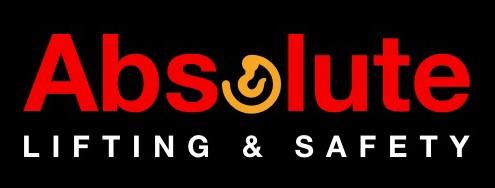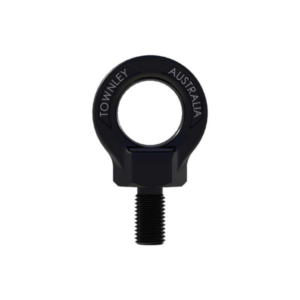Table of Contents
CONCRETE LIFTING CLUTCHES
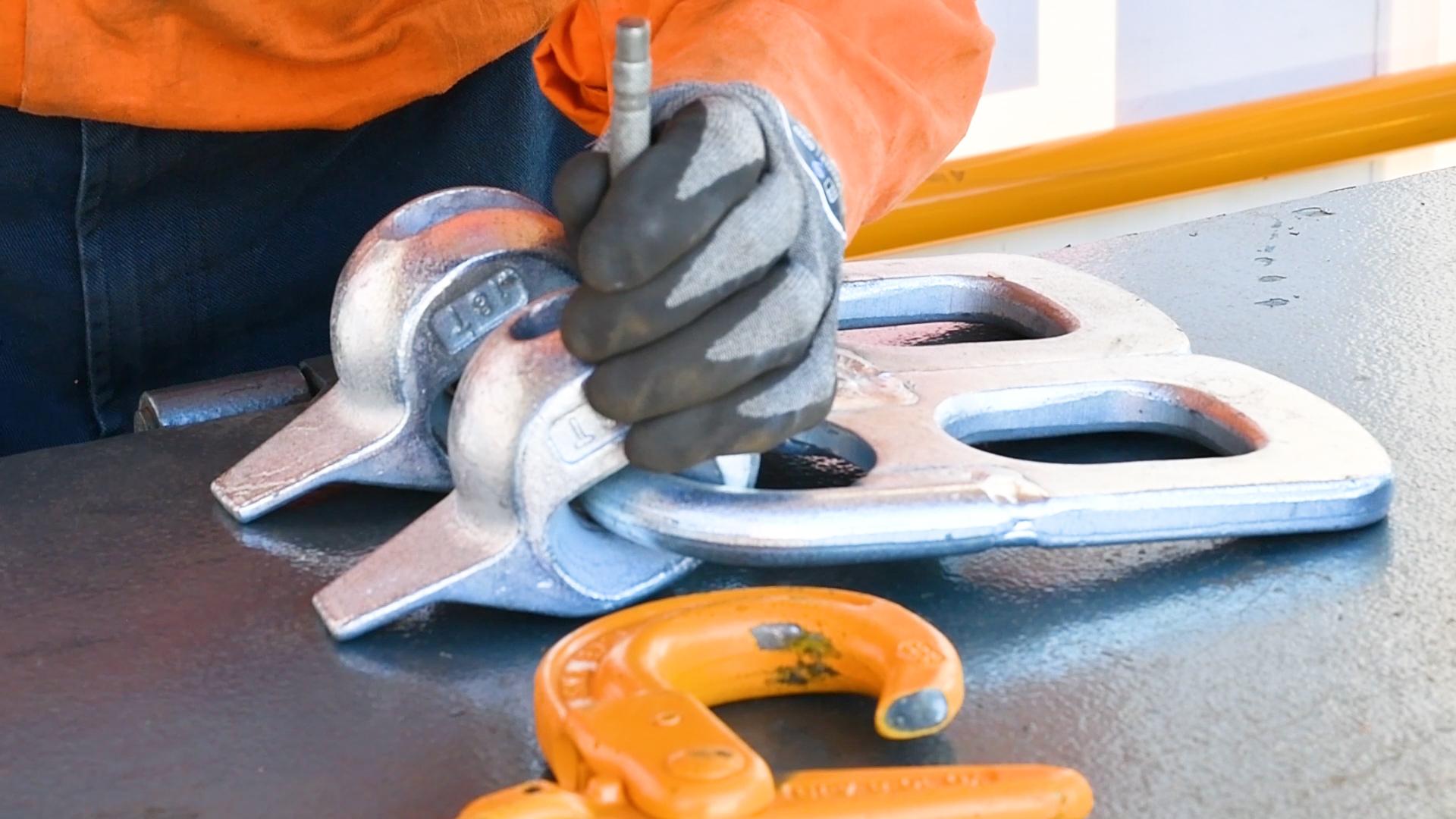
Applications
Lifting Clutches are a versatile unit for lifting pre-cast concrete products such as construction panels, concrete panels, pipes and various draining products.
MANUFACTURING CONCRETE LIFTING CLUTCHES
when loaded in tension to ultimate failure, lifting clutches shall comply with the following:
(a) Failure shall occur in a ductile manner away from any weld zone.
(c) All fracture faces shall demonstrate ductile failure mechanisms
IDENTIFICATION MARKINGS
Each concrete lifting clutch shall be permanently marked with the following information:
(i) A unique identifier (traceable to the proof tests).
(ii) The manufacturer’s symbol or name.
(iii) Its WLL or compatible anchor identifier.
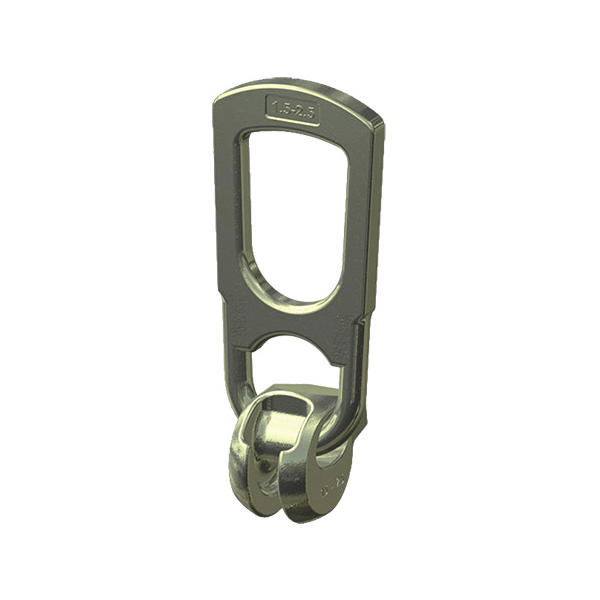
TESTING CONCRETE LIFTING CLUTCHES
When tested in any orientation (as approved by the supplier) with a compatible anchor, failure of the anchorage shall occur without fracture of any component of the lifting clutch.
All cast clutch components shall be 100% fluorescent magnetic particle tested in accordance with AS 1171, and shall contain no linear indications.
Each lifting clutch shall be proof-tested, certified and uniquely identified prior to being placed into service. The proof test shall subject the device to a load of 2.0 times its WLL.
Prior to each use, inspections of the concrete lifting clutches shall be conducted to check for wear and deformation to supplier’s specification. A proof test using a load equal to 1.2 times the WLL shall be conducted and recorded for each lifting clutch at intervals of not more than 12 months commencing from the date of first use.
TESTING OF COMPONENTS AND SYSTEMS
Because of the mode in which failure can occur, it may be necessary to test complete systems and not calculate values obtained from the group of components that make up the
system. The mode of failure of an individual component does not necessarily reflect the mode of failure of the system.
The arrangement for the application of the test load(s) shall be made to simulate the field use of the component or system.
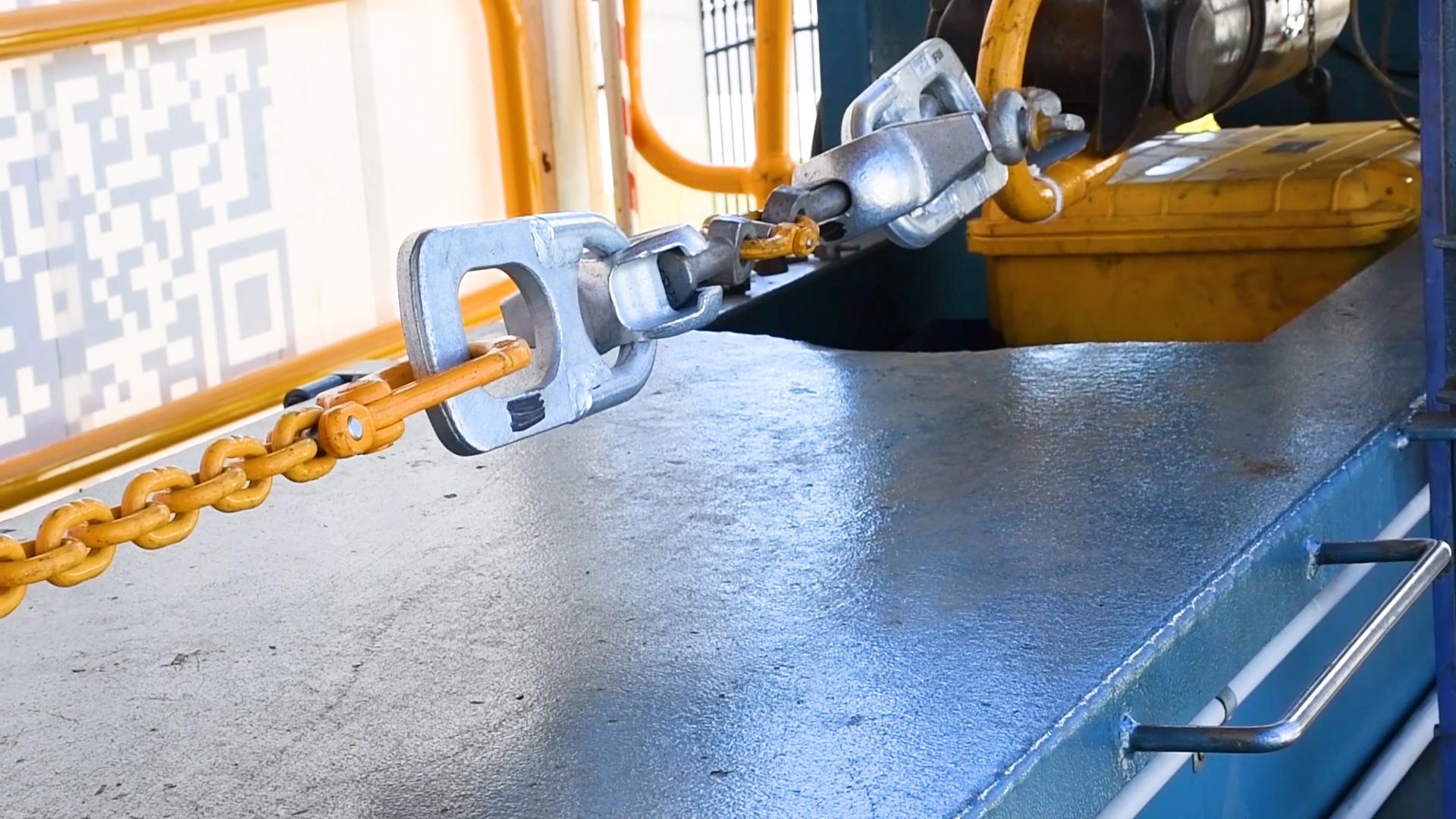
RECORDS OF TESTS
Test records shall be provided for all tests of concrete lifting clutches. The records shall be clearly identified by title, description and report number, and provide the following information:
(a) The purpose of the test.
(b) The name and address of the testing facility.
(c) The date, time and environmental conditions at the time of the test.
(d) A detailed description of the component or system being tested, providing identification of the specific type of component or system and including, where appropriate, the name of supplier or the manufacturer (or both), the date of manufacture, the batch number, etc.
(e) A detailed description of the geometry and material characteristics of the component
or system being tested, including, where appropriate, the dimensions, the materials,
the coating, the yield stress (fsy) and the ultimate strength (fsu).
(f) A detailed description of the test arrangement, including instrumentation layout and
fixture geometry, the geometric positioning of the component or assembly in the test
specimens, as illustrated by sketches or photographs.
(g) A description of the tools employed for the component or assembly installation(where applicable).
(h) A detailed description of the test procedure.
(i) The names, positions and qualifications of the personnel carrying out or supervising
the test.
(j) The names, positions and qualifications of the witnesses, if any, to the test.
(k) The results of the test, covering the following, where relevant:
(i) The rate and direction of loading.
(ii) The load at failure in the case of destructive testing.
(iii) The mode of failure for each test.
(iv) Any specific observations concerning the application of load.
(v) A description of the progress of the test, including the mode of failure and any permanent deformations.
(vi) The details of the load deformation curves, so proportioned that if there has been any discontinuity or considerable departure from linearity during the progress of increasing the loads then this will be clearly evident.
(vii) Any other relevant information such as signs of distress prior to failure.
(viii) The concrete strength at the time of test and the 28 days strength.
(l) The number of tests performed (m) A detailed assessment and evaluation of the calculations, where appropriate.
(n) Confirmation of compliance with this Standard.
View our range of Concrete Lifting Clutches
Information provided from AS 3850.1:2015 Prefabricated concrete elements – General requirements
